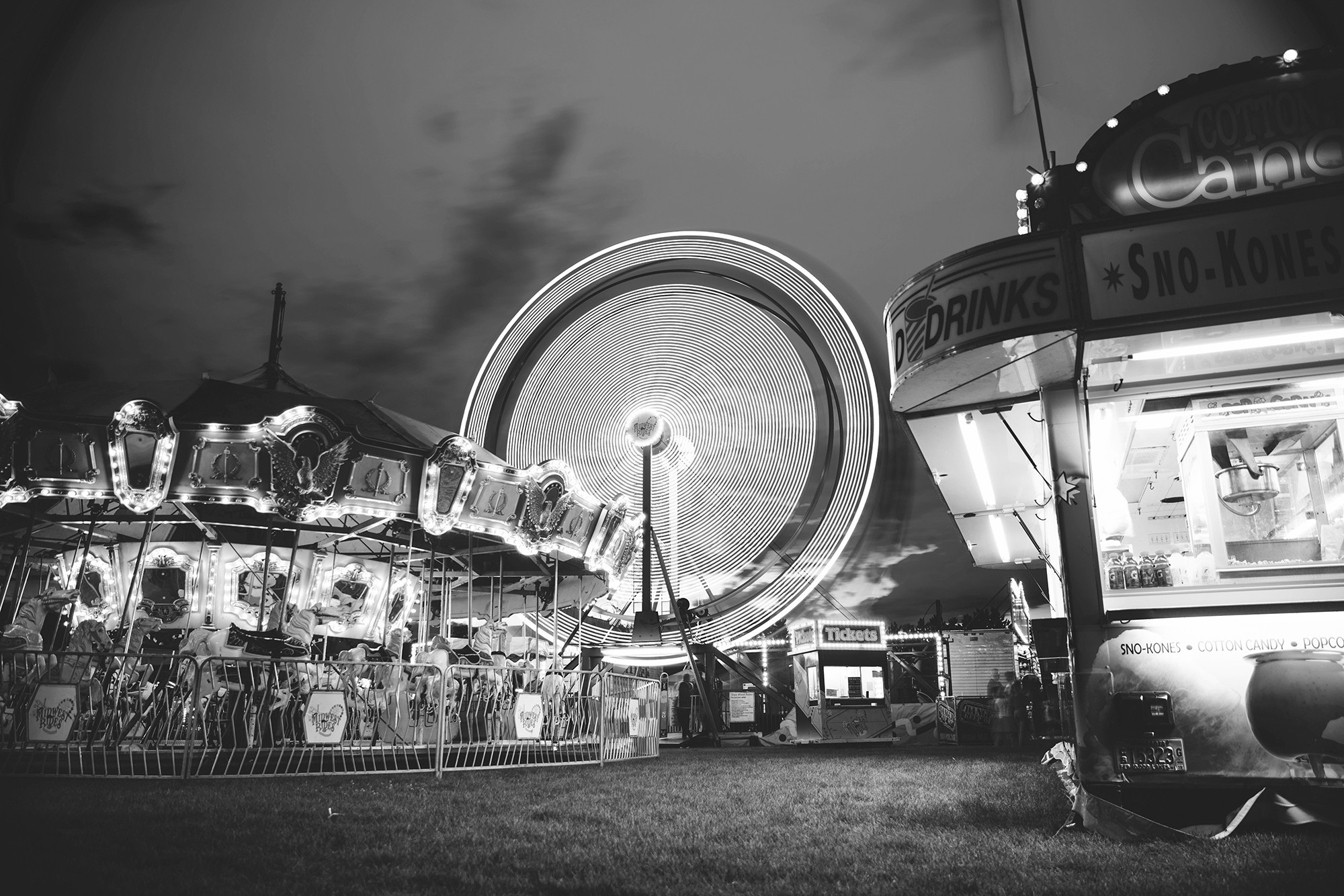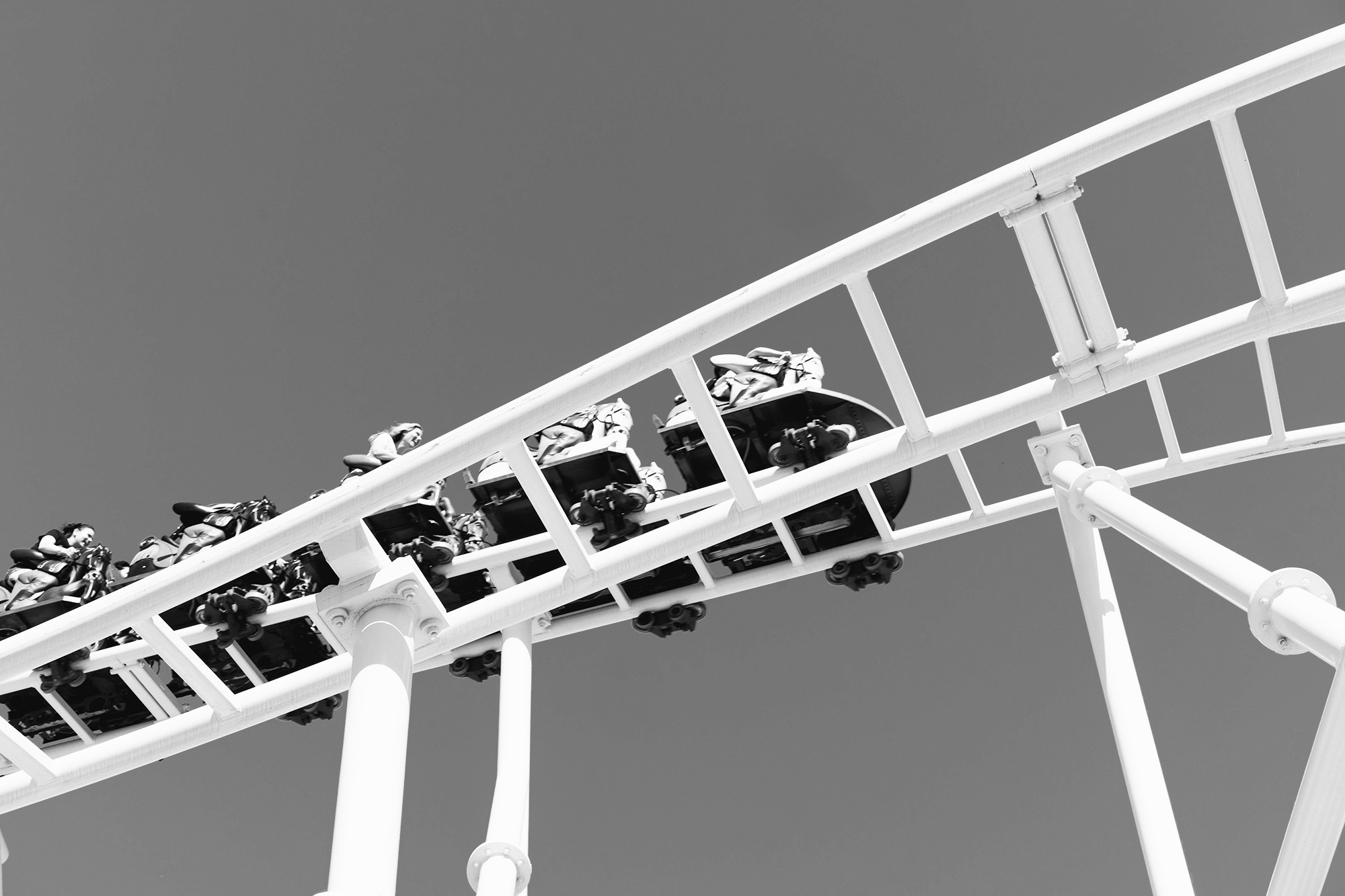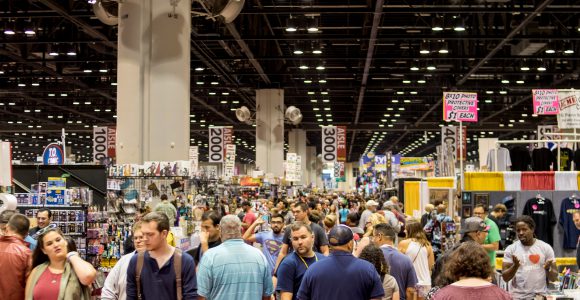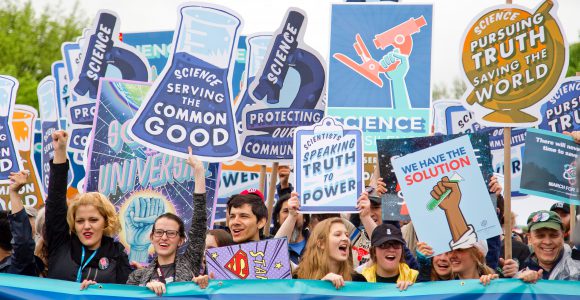“We got you a present,” says Rob, who is Jackie’s new boyfriend. We’re in her Davis Square apartment, the Zip Car parked out back while Jackie makes sandwiches to smuggle into Six Flags. Making sandwiches to smuggle into a theme park is an American tradition, like smuggling candy into a movie theater. As is waiting for the woman in the group to make the sandwiches, I suppose, but then again I did rent the Zip Car, so I absolve myself of all guilt. Rob hands me a bag of gourmet cotton candy. I don’t know Rob’s shelf life as a boyfriend, but I give it a mental extension.
“You know I used to go to fairs in Florida just to pick up huge bags of these,” I say, stretching my arms out to indicate the size. “We’d pay the fee to get in, buy a bunch of bags, and then get the hell out.”
“You don’t like carnivals?” Rob asks, then tells me about several huge carnivals he’s been to. I shrug. I tell him growing up in Central Florida is kind of like growing up in a carnival.
“I’ve never been to a Six Flags,” I note. I imagine it is a monument to the Platonic ideal of American enterprise, like a Walmart or a McDonald’s. Something to be admired, at the least for its enormity and efficiency. I envision roller coaster spires erected out of wanton disregard for the Connecticut River shoreline. Armies of park photographers openly rebelling against iPhone obsolescence. Chlorinated water log rides full of obese babies. Theme parks call to me the way cotton candy calls to me, from a dark place in my past I cannot escape. I collect trips to them like I collect the memories of bad OKCupid dates. Whatever doesn’t kill me makes me stranger.

On the way to Six Flags we listen to music on our respective mobile devices. The least appropriate artist to crop up is Lana Del Rey, and not even an upbeat remix of one of her songs. She’s depressing and Weird Al has a new album out that we should be listening to instead. But I’m a fan of Lana Del Rey. I like her because underneath the surface of her music there is nothing authentic. The historo-fictional American dystopia she conjures up to create her image equals authenticity via in-authenticity. As is oftentimes the case in fiction, an exaggerated falseness has the power to reveal something true that has long since been buried by the culture.
After a traffic-jammed three-hour Sunday drive, I forge ahead into the park in search of the closest bathroom. It is here that I meet the first of two pimpled dark-skinned boys, both Six Flags employees, their single soul split apart into separate bodies. He moves very slowly, like there is an invisible anchor weighing him down, and he putters about the park with a broom and dust pan in tow. “Technically,” he says, “the closest bathroom is on the other side of that gate,” and indicates, with some longing, the entrance of the park. “But… the next one is down the hill and to your left.” I think to myself: Dear friend, come with me down this hill, leave your dust pan behind, we can escape forever, you have nothing to lose but your chains! Then he disappears into a drab beige wall near the bathrooms. The Great Wall. Every park has one. As I stand in the tear-inducing cloud that emanates from the urinals, this eight-foot boundary is all that separates me from the domain of park business that encircles Six Flags in a vague beyond. When I worked at Universal Studios Orlando in high school, I took my breaks beyond that Wall, in a literal desert of portables that housed its managers. I wonder if I could jimmy free the Masterlock and save my dust pan-wielding friend. But I have to pee, so I leave him to his work.
As I wander the park with Jackie and Rob, I experience the nausea of brand overindulgence. Thirty years of being marketed to tell me that something is wrong. This isn’t Universal Studios or Disney World, where the conglomeration of brand alliances that make up the park’s commercial narrative has been neatly buttoned up so that everything synergizes. Six Flags lets it all hang out. A Warheads candy mascot stands side-by-side with Marvin the Martian. We’re in a line for a Batman roller coaster watching randomly looped Looney Tunes on cobwebbed CRTs overhead. Though both brands are ultimately owned by Time Warner, their collision is disorienting. There are printed signs indicating the approximate wait time, first 90 minutes near the entrance, then 60 minutes about 20 feet ahead, posted at uneven intervals throughout the Kafkaesque maze of flip flops and scantily-clad teens. A few steps in a Six Flags line defy time and space.

At a gift shop in between rides, I rifle through a bin full of Grumpy Cat merchandise and knock-off light sabers. I can buy a giant Tweety Bird stuffed animal or a Green Lantern cape or any Beanie Baby I want. As I move from roller coaster entrance to roller coaster entrance, I am accosted by countless corporate carnies whose sloppily manufactured shtick is dispiritingly plastic. I play the ring toss game and feel less cheated by its rigged mechanics than by the fact that Six Flags has done nothing to rebrand it.
We finally decide to ride Bizarro. The Bizarro roller coaster is strange and beautiful in its own right, with its 221-foot drop and winding lavender tracks. What I find most appealing about Bizarro is that the ride represents the final triumph of evil over good, emerging from the heart of Six Flags like a testament to American iniquity and ruination. I learn from Wikipedia on my phone that prior to 2009, Bizarro was “Superman: Ride of Steel,” once “the tallest and longest roller coaster on the East Coast of the United States.” Bizarro is built on top of Superman’s grave, just as Six Flags itself is built on top of Riverside Park, which Six Flags purchased in 2000 and steamrolled with DC Comics branding. But since 2009, Bizarro’s special effects were stripped away, hauled to Texas, leaving the purple behemoth without a fire of its own, fogless and silent. I also read that there has only ever been one death on the ride, and it was because the rider was too fat to fit in its T-bar restraints.
A few steps in a Six Flags line defy time and space.
It’s 82 degrees outside and it’s humid and the overwhelming smell of garbage at the entrance of the Bizarro roller coaster is making it difficult for me to think clearly. I’m standing dumbly in a throng of sweaty tank tops, elbows nudging me this way and that as they shuffle toward the ride, unaware of this tiny spectacle right in front of them, what I’ve been staring at and can’t look away from:
There’s a booth, right next to where the line begins, that sells soda—six nozzles drip with carcinogenic ooze in various neon colors. To the right is a high school age girl in a dull Six Flags New England uniform and baseball cap, staring emptily into the distance, her chin propped up on her palm in front of the cash register. She is thinking: “Is this the summation of all meaning for my seventeen years of life on Earth? What will I wear tomorrow for gym class? Why is there no 4G in this part of the park? I wish one of those bees would sting these kids already so I can go home early.” And there are bees. Lots of bees, swarming all over the fountain of sugary Coke teats. And the children, no older than ten apiece, gleefully stick their four-dollar 20-ounce cups into the swarm. So many children, and so many bees.
I remember what it is like to be this girl, whom I decide to call Amy. I don’t get to speak to her before I join the roller-coaster-riding horde, but I suspect Amy and I go way back. We both rode the same theme park-chartered school bus to our respective corporate headquarters at the same age—seventeen—before we had a car, for our summer job, but only for two weeks. Maybe Amy is more dedicated than I was and so she gets hired full time. I don’t know. Amy gets the bees, and I got the lemon slush cart. Such were our lots in life. Amy dreams of children being stung and I dreamt of serving bloody slushies, my palms clutching a sharp metal scoop to chisel a five gallon lemon hunk under a vindictive Floridian sun.

When I get into the roller coaster carriage, I watch with some interest a safety attendant whose nametag identifies her as Ashley. Her job, from what I can surmise in the two minutes or so I spend before being shuttled into oblivion, is to buzz frantically back and forth between saying goodbye to riders as they exit the carriage and checking riders’ safety restraints as they sit down. The male attendant at the roller coaster’s controls mocks Ashley because she is not moving fast enough, before mumbling the ceremonious send-off that ends with an empty “hashtag thrill it up” social media pitch. I do not envy Ashley. I could not do Ashley’s job with a clear conscience. As Ashley flits between pushing T-bar restraints into people’s crotches and yanking on frayed seat belts, she cradles, if only for a few brief seconds each, the fate of 34 lives.
I choose to ride Bizarro with no real purpose in mind. The weightlessness induced by Bizarro’s ups and downs does not thrill me to tweet, nor do I put my hands up into the air, in accordance with the sage advice of the safety restraints. I’m not being contrary, though. The desire to experience the joy my friends experience is not something I’m ashamed of admitting to: rather, I’m incapable of experiencing it. Instead, I feel at home in the off-branded womb-carcass that is Bizarro, while I hurdle through the paralyzing concrete heat of the park over which it presides. I wish I had a Six Flags T-shirt to express my enthusiasm outwardly. When I was in high school my mom gave me lots of extra large T-shirts from Universal because she worked there and they were free. To wear them felt warm and alienating at the same time, partly because they were a gift, and partly because I was 5’8” and 110 pounds and they never fit me.
Larry is a man you want to go to Vegas with. Larry probably owns a pair of brass knuckles. I would like to do shots with Larry.
Rob and Jackie and I can contain our hunger no longer. The sandwiches were not enough. I knew they wouldn’t be. There is some pleasure I take in confronting the horrific multiplicity of dining choice that the theme park offers. I know the choices are illusions. Seventeen-year-old me, in the Captain America Cafe at Universal, finishes a day as a busboy eating the same frozen chicken fingers they serve at Cinderella Castle and perhaps also at the Restaurant at the End of the Universe trillions of light years away. We break down and decide to pay $12.49 each for these frozen strips and a basket of french fries (plus 4 dollars for a 20-ounce, and if you pay 14 dollars you can get a refillable cup that costs 99 cents to refill for the duration of the season). The place has the facade of a 1950′s diner, but I don’t understand the context. There is nothing specific about the decor that speaks to the Six Flags brand, or DC Comics, or any other Warner Brothers property. Jackie asks the girl behind the counter if she could describe the Honey BBQ Chicken Wrap, since a photo of it is conspicuously missing from the menu, but the girl explains that “They don’t let me eat here” and suddenly everything in the universe makes sense, if only for an instant. I order the plain chicken strips and as I eat them at a ketchup-stained lawn table I try to come up with rationalizations for spending 16 dollars to punish my insides like this. To our left, a toddler wraps his lips around a totem that sprays recycled mist into the air at periodic intervals. We have to eat quickly because we missed the first two “Magic & Marvels” shows, and the final one is about to begin. I open a tub of honey mustard and it has the consistency and color of human bile. There is also a bee nearby. On Tuesday I will still taste the honey mustard in my mouth.
At 7:30 pm, we enter a dark auditorium that resembles a cross between my high school auditorium and that chapel in Kill Bill where David Carradine attempted to murder The Bride. This is where the Magic & Marvels show will take place, hosted by “magical artist” David Garrity who looks exactly like my high school science teacher / neighborhood Ace Hardware manager. There are lots of children in the room but no bees. A twenty-something David Hasselhoff from Knight Rider is sent out to the stage and gives his five minute spiel to the children about what is to come, but the technicians at the back of the auditorium shake their heads woefully to indicate there is a technical problem. He’s forced to stick around longer than his script anticipates. Five minutes become 30 minutes of heroically ad-libbed clapping games. Young Hasselhoff is sweating, pacing up and down the aisles like a revivalist preacher to drum up ideas from the toddlers. Let’s do The Wave! Let’s do The Wave to the right! Now let’s do The Wave, but to the left! Nothing in this young man’s life will be more difficult to endure than this half hour.
David Garrity is not like other magicians. He doesn’t wear a cape or sport a frilly vest; no, Garrity wears brown Dockers and boring Brooks Brothers button downs. In other ways, he is like all magicians: he has two long-legged assistants whose only purpose is to look sexy, which makes little sense when the audience is 98% pre-teens. I admire Garrity because the bodiless announcer tells me that the magical artist has been doing shows at Six Flags for sixteen years, and I cannot imagine a more impossible trick. For this show, however, Garrity’s family-friendly magic is overshadowed by his bombastic guest magician, Larry. Larry is the Tommy Bahama to Garrity’s Brooks Brothers: the man is shaped like a refrigerator and his routine involves juggling wooden blocks and bowling pins (not at the same time). He admits ruefully that his last words will be “funnel cake.” He has the intensity and desperation of a washed-up Klingon extra at a small-town Star Trek convention. Larry is a man you want to go to Vegas with. Larry probably owns a pair of brass knuckles. I would like to do shots with Larry.
As is oftentimes the case in fiction, an exaggerated falseness has the power to reveal something true that has long since been buried by the culture.
We came to the Magic & Marvels show looking for something magical, and an hour and a half later we got what we came for. Garrity’s final trick is to have the kids blow bubbles into the air, choose one, and drop them into his top hat, which then makes a satisfying coin plop noise as each kid releases the “dream” from her palm. Naturally, Garrity’s exit involves filling the auditorium with bubbles as he speechifies about dream-keeping and dream-making and dreams coming true. I feel like I am at the Scientology headquarters in Clearwater, Florida and at any moment Tom Cruise will come out to give us free e-meter readings. I am suddenly compelled to type “#thrillitup” into my phone. The Twitter bird waits as my finger dangles above the hashtag key, beckoning for me to join its hellish conclave of tweets present, past, and future; I feel dirty and alone, like an insect whose wings have got all mucked up by the very sweets it was born into, a thoughtless little drone trying desperately to crawl into a hive, any hive, it can reclaim as its home.
We make our way back to the parking lots in search of the burnt-out truck trailers that mark where we left the Zip Car. Near the exit, I spot another pimpled Six Flags boy, attending a watergun race game. He’s wearing a maroon wig and a fuchsia Supergirl cape, throwing himself to and fro in the five foot space with the charm of at least three David Garrities. Beeless children are squealing with delight at his enthusiasm. His game is the most popular in all of Six Flags. Everyone is a winner wherever he goes.
I try to understand how Bizarro and Superman are just one side of the same coin, in the same way that every lonely janitor condemned to clean up Six Flags contains an effulgent Supergirl boy, but I cannot fully grasp the idea; the metaphysics are beyond me. I have the sneaking suspicion that I left something behind in one of those $4 lockers where they force you to store your belongings before you board the roller coasters. But I know whatever I left behind was always-already there, in the sense that the moment I saw the printed 60-minute mark sign in the line, I was already 60 minutes closer to the beginning of the ride and always 90 minutes away. My trip back to Boston is really just a long chartered bus ride back to high school, where I’ll find Amy in gym class. And perhaps next summer we’ll take the job again for a little more cash.





Comments on Magic & Marvels at Six Flags New England
Larry
This is still the greatest review I have ever received!!!!
Larry
Daniel Quinn
OMG! Larry himself speaks!
LEGEND!
You were the best part of the park for me, sir. Better than the bees. Hope you are safe and doing well in these insane times.